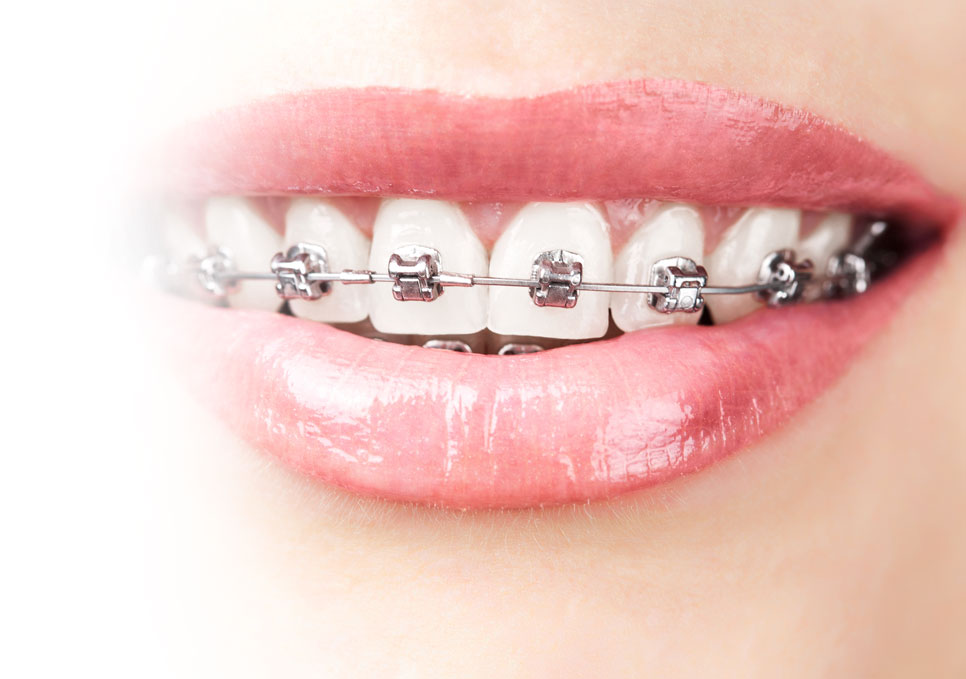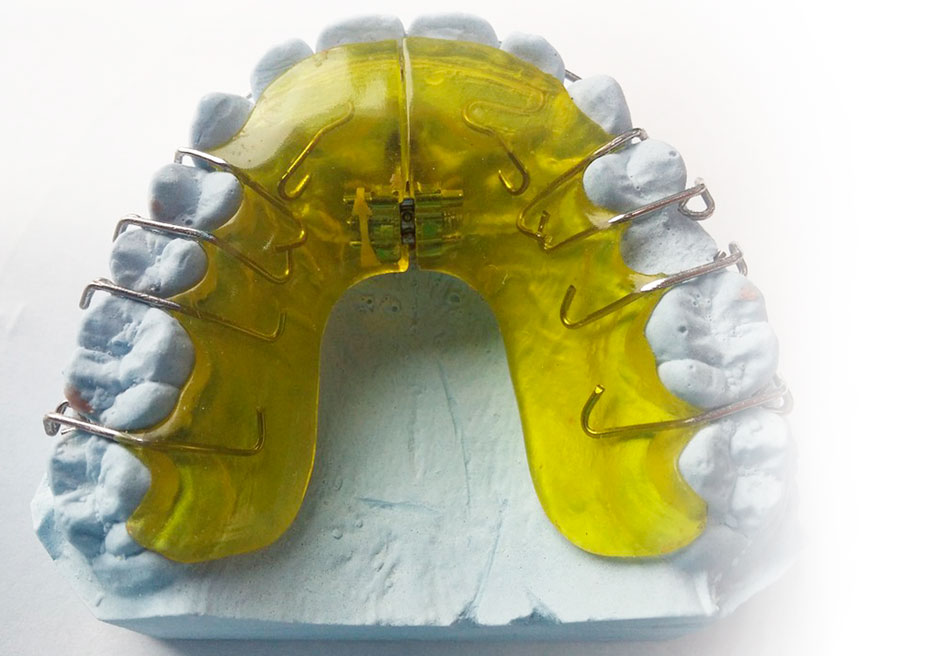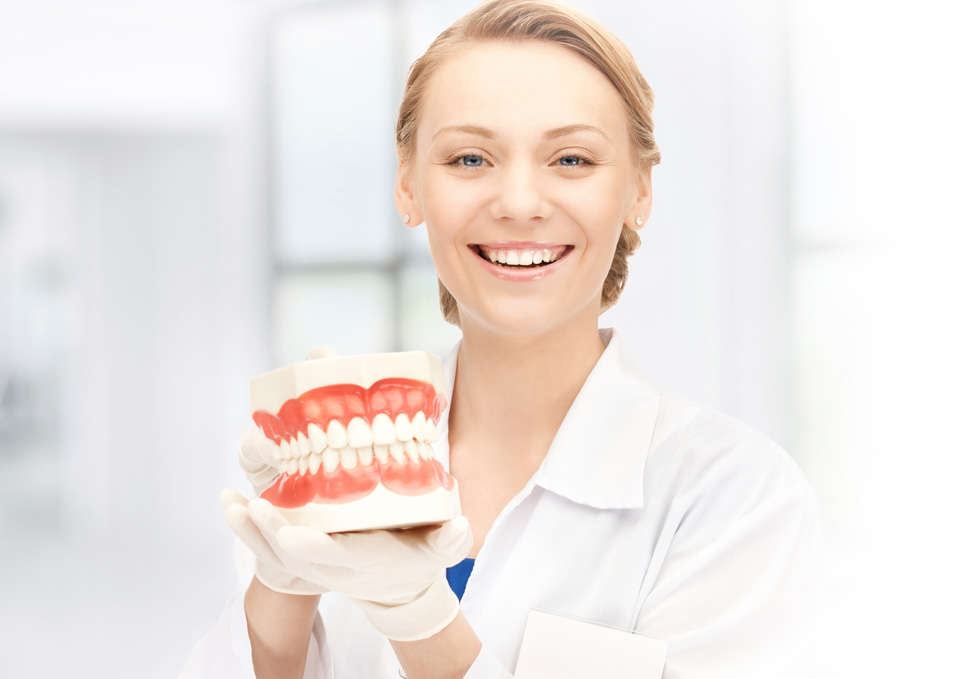Metal braces
Traditional metal braces are the most common type of orthodontic appliance. They are more comfortable than ever before due to their smaller size, lower profile on your teeth and the reduced friction seen in many of the modern brackets. The modern archwires which run through each bracket move teeth more quickly and comfortably. Modern archwires are thinner, gentler and more flexible, so the pain and discomfort of previous years is largely gone.













